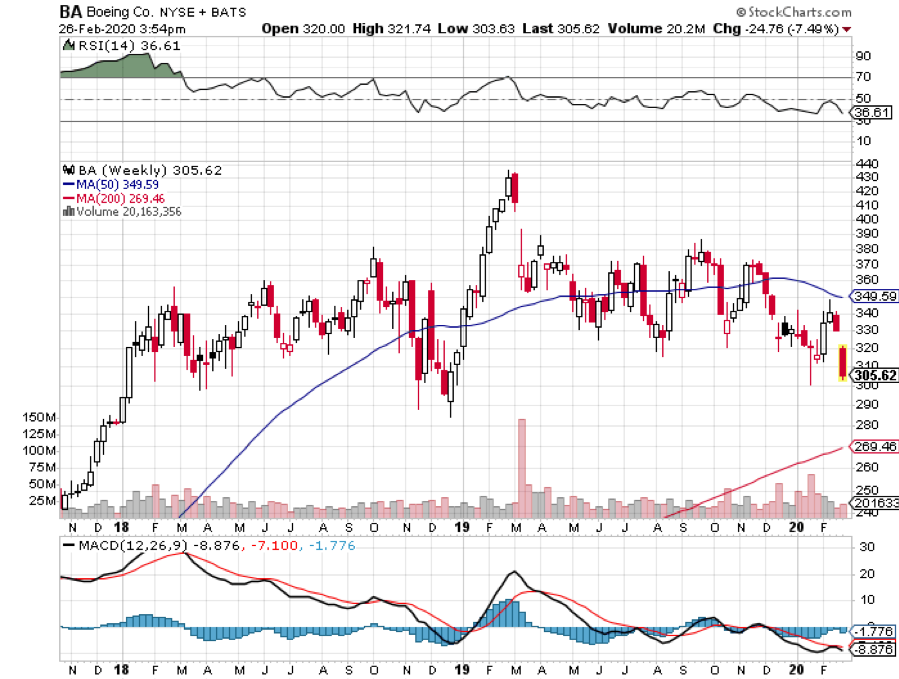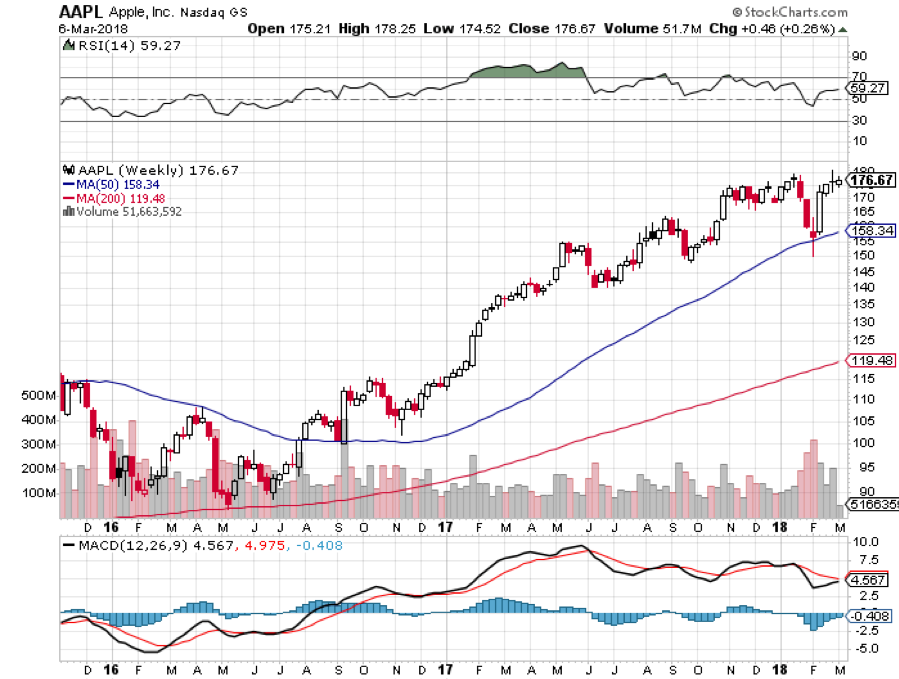Get Ready to Take a Leap Back into Leaps
Just as every cloud has a silver lining, every stock market crash offers generational opportunities.
In a month or two, there will be spectacular trades to be had with LEAPS. What are LEAPS, you may ask?
This is the best strategy with which to cash in on the gigantic market swoons, which have become a regular feature of our markets.
Since the advent of the recent incredible market volatility, I have been asked one question.
What do you think about LEAPS?
LEAPS, or Long Term Equity AnticiPation Securities, is just a fancy name for a stock option spread with a maturity of more than one year.
You execute orders for these securities on your options online trading platform, pay options commissions, and endure option like volatility.
Another way of describing LEAPS is that they offer a way to rent stocks instead of buying them, with the prospect of enjoying years’ worth of stock gains for a fraction of the price.
While these are highly leveraged instruments, you can’t lose any more money than you put into them. Your risk is well defined.
And there are many companies in the market where LEAPs are a very good idea, especially on those gut-wrenching 1,000-point down days.
Interested?
Currently, LEAPS are listed all the way out until January 2022, some 695 days away.
However, the further expiration dates will have far less liquidity than near month options, so they are not a great short-term trading vehicle. That is why limit orders in LEAPS, as opposed to market orders, are crucial.
These are really for your buy-and-forget investment portfolio, defined benefit plan, 401k, or IRA.
Because of the long maturities, premiums can be enormous. However, there is more than one way to skin a cat, and the profit opportunities here can be astronomical.
Like all options contracts, a LEAP gives its owner the right to "exercise" the option to buy or sell 100 shares of stock at a set price for a given time.
LEAPS have been around since 1990, and traded on the Chicago Board Options Exchange (CBOE).
To participate, you need an options account with a brokerage house, an easy process that mainly involves acknowledging the risk disclosures that no one ever reads.
If a LEAP expires "out-of-the-money" – when exercising, you can lose all the money that was spent on the premium to buy it. There's no toughing it out waiting for a recovery as with actual shares of stock. Poof, and your money is gone.
LEAPS are also offered on exchange-traded funds (ETFs) that track indices like the Standard & Poor's 500 index (SPY) and the Dow Jones Industrial Average (INDU), so you could bet on up or down moves of the broad market.
Not all stocks have options, and not all stocks with ordinary options also offer LEAPS.
Note that a LEAPS owner does not vote proxies or receive dividends because the underlying stock is owned by the seller, or "writer," of the LEAP contract until the LEAP owner exercises.
Despite the Wild West image of options, LEAPS are actually ideal for the right type of conservative investor.
They offer more margin and more efficient use of capital than traditional broker margin accounts. And you don’t have to pay the usurious interest rates that margin accounts usually charge.
And for a moderate increase in risk, they present outsized profit opportunities.
For the right investor, they are the ideal instrument.
Let me go through some examples to show you their inner beauty.
By now, you should all know what vertical bull call spreads are. If you don’t, then please click their link for a quickie video tutorial. You must be logged in to your account.
Let’s go back to February 9, 2018 when the Dow Average plunged to its 23,800 low for the year. I then begged you to buy the Apple (AAPL) June, 2018 $130-$140 call spread at $8.10, which most of you did. A month later, that position is worth $9.40, up some 16.04%. Not bad.
Now let’s say that instead buying a spread four months out, you went for the full year and three months, to June 2019.
That identical (AAPL) $130-$140 would have cost $5.50 on February 9. The spread would be worth $9.40 today, up 70.90%, and worth $10 on June 21, 2019, up 81.81%.
So, by holding a 15-month to expiration position for only a month, you get to collect 86.67% of the maximum potential profit of the position.
So, now you know why we leap into LEAPS.
When the meltdown comes, and that could be as soon as today, use this strategy to jump into longer-term positions in the names we have been recommending and you should be able to retire early.
What’s out there today? Take a look at Boeing (BA), one of the most undervalued companies in the market, thanks to their 737 MAX woes.
Today, (BA) shares were trading at a lowly $305. Let say that Boeing shares recover to $350 by the end of 2020. You can buy a January 2021 $340-$350 vertical bull call spread for $3.00. If Boeing makes it back up to $350 by the January 15, 2021 option expiration, the LEAP will expire worth $10, an increase of 233%.
It gets better. You can buy a (BA) January 2022 $370-$380 call spread for $2.15. If Boeing recovers to $380 by the January 21, 2022 expiration it will expire worth $10, giving you a gain of 365%!
What if you think that Boeing is overdue for a monster rally back to its old all-time high of $450?
You can buy a (BA) January 2022 $420-$430 calls spread for $0.90. If Boeing makes it all the way back to $430 by the January 21, 2022 expiration, it will expire worth $10, giving you a gain of 1,011%! Caution: If the shares only make it back up to $429, the position becomes worthless.
Now you know why I like LEAPS so much. Play around with the names and the numbers and I’m sure you will find something you like. But remember one thing. Buying LEAPS is only a trade to consider at long time market bottoms, not tops!





